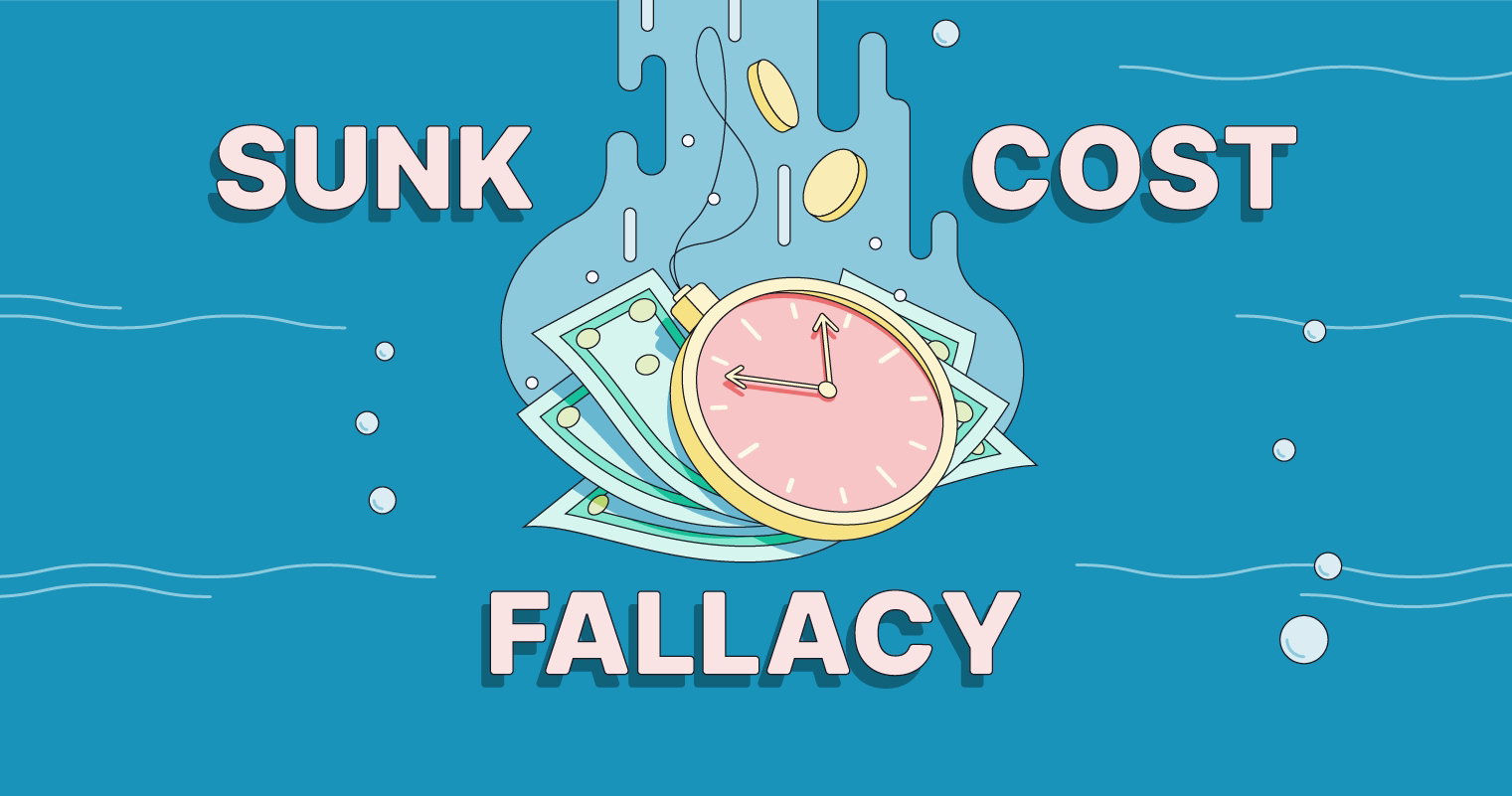The Sunk Cost Fallacy: Recognizing and Overcoming It in Business
Navigating Business Decisions: Learning from the Sunk Cost Fallacy with Decathlon
In the complex world of decision-making, our human tendencies can sometimes lead us down the wrong path. One cognitive bias that often clouds our judgment is the sunk cost fallacy. This cognitive bias occurs when individuals continue investing resources into a project or endeavor merely because they've already sunk so much into it, regardless of whether further investment is prudent. This phenomenon can have severe consequences, especially in the business arena. Let's explore the sunk cost fallacy, its implications, and how Decathlon provides a tangible real-life business example.
Grasping the Sunk Cost Fallacy:
The sunk cost fallacy stems from behavioral economics and psychology. Human beings are wired to avoid loss, and this trait can lead to decisions that defy rationality. Once resources are committed to a project, people often become emotionally tied to its success, making it difficult to objectively assess future returns and potential risks.
Decathlon's Tale: A Case of Sunk Cost Fallacy
Decathlon, a renowned sporting goods retailer, presents a vivid example of the sunk cost fallacy in action. The company initially entered the Indian market with ambitious plans for large physical stores. They invested substantial resources in securing prime locations, developing infrastructure, and stocking inventory.
However, as the retail landscape shifted, online shopping gained momentum. Decathlon's traditional brick-and-mortar approach faced stiff competition from e-commerce giants. Despite the changing consumer preferences, Decathlon found it challenging to pivot from its original strategy. The company had already put significant investments into its physical stores and was emotionally attached to the idea.
The sunk cost fallacy played a pivotal role in Decathlon's decision-making. Instead of acknowledging the evolving market dynamics and adapting to the digital era, they clung to their initial vision. The notion that they had already committed substantial resources to their stores justified, in their minds, continuing along the same path, even though the market was heading in a different direction.
Ultimately, this fixation on past investments hindered Decathlon's ability to adapt effectively. Their reluctance to change their strategy based on the evolving market eventually posed challenges to their growth and competitiveness.
Overcoming the Sunk Cost Fallacy:
To avoid falling victim to the sunk cost fallacy, businesses need to cultivate a culture of adaptability and rational decision-making. This involves several key steps:
Regular Evaluation: Continuously assess ongoing projects and investments objectively. If the potential for positive returns diminishes, it might be wise to cut losses rather than persisting due to previous investments.
Separate Emotions from Decisions: Encourage decision-makers to detach emotionally from the resources already invested. Focus on future potential and whether further investment aligns with the company's goals.
Explore Alternatives: Always consider alternative courses of action. If a project is not yielding results, explore other options that may have better prospects for success.
Flexibility: Be open to adapting strategies based on changing circumstances and market trends. Remaining flexible allows for swift adjustment when necessary.
In conclusion, the sunk cost fallacy is a cognitive bias that can significantly impact business decisions. Decathlon's example serves as a powerful reminder, highlighting the importance of recognizing and addressing this fallacy. By fostering a culture of adaptability and rational evaluation, businesses can break free from the trap of escalating investment in futile pursuits and make decisions that pave the way for sustainable success.




Comments
Post a Comment